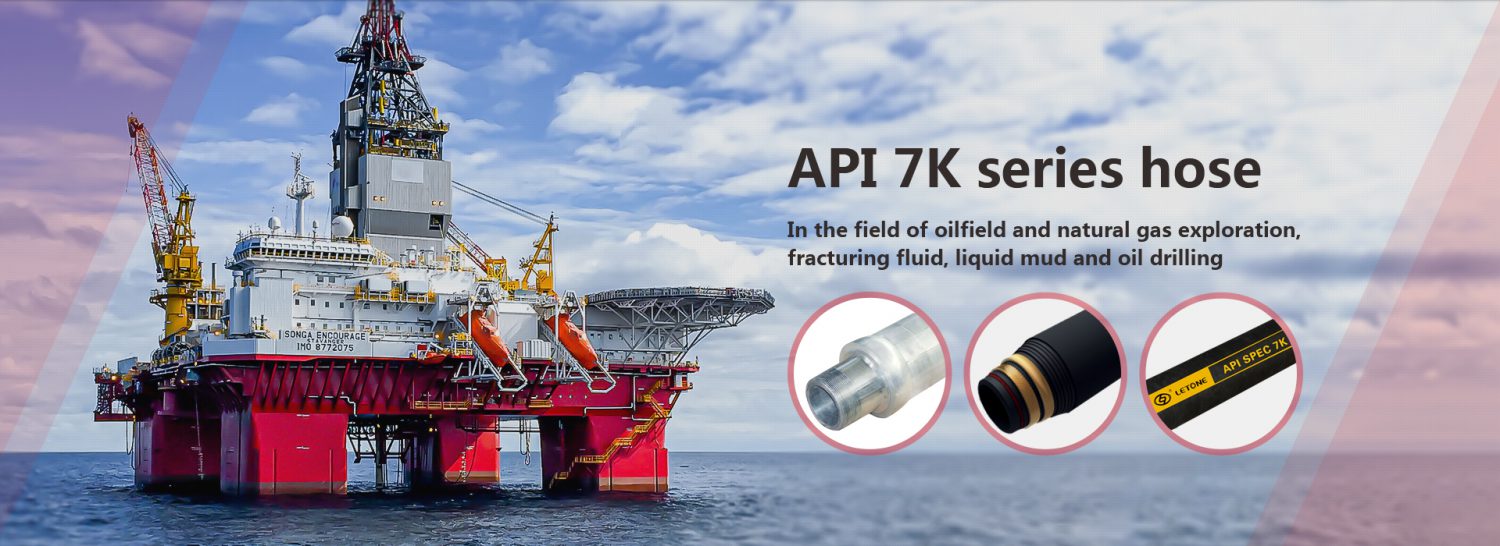Various types of Large Diameter Spiral Rubber Hose Manufacturers make for various applications. These include air conditioning, braking systems, steering systems, fluid power, industrial equipment, vehicle applications and off-road equipment. Custom hoses for harsh environments also support demand.
Both the inner and outer layers of the hose are reinforced with ribs. Reinforcement materials can be made of metal, fabric or wire. A typical material is nylon. Another reinforcing material is aramid fiber. These fibers have highly oriented chain molecules. These materials are known for their heat resistance. They also exploit chemical bond strength.
The inner lining provides protection from internal forces, while the outer layer protects the reinforcement from external forces. The housing can be color coded for aesthetics. The caps can also be color coded for easy hose identification.

The material is vulcanized for added elasticity. The vulcanization process involves changing the chemical structure of the rubber components. The vulcanized material can then be extruded or injection molded.
The inside diameter of the hose can be lined to help convey high velocity media. Liners are used to reduce the velocity of fluid through the hose. Liners are also used to prevent media from damaging the hose. It is usually used with PTFE or polypropylene hose.
The hose may have a tapered end for a nozzle effect. The tapered end is built into the hose to simulate a nozzle. A fitting can also be included in the hose.
The hose may have a cement cap. The cement outer layer is a braided hose without a rubber outer layer. Cement caps provide additional pipe protection. Cement covers can also be color coded to provide identification.
The hose may have annular folds. Annular pleats are a series of complete circles at right angles to the longitudinal axis of the hose. The hose can be coiled with annular ridges for added flexibility. This hose can also be wrapped with tape. Tape Wrap Hose contains multiple layers of tape to create a spiral ridge.
Hose can be rated for the lowest ambient temperature. The temperature of the fluid or the environment may affect the characteristics of the hose. This can result in a decrease in pressure or resistance if the hose is used in extreme temperatures.
The hose may have a leak. A leak is a hole in a pipe or joint. This can be caused by internal pressure failure or external force. Leakers are also known as cracks. A cracked hose may also come loose. Loose hoses may be permanently deformed. This is a result of the shape or wear of the tube. The hose may also have air bubbles. This is the raised area on the rubber surface. Bubbles also create voids in the vulcanized article.
Hoses can be made from a polypropylene elastomer called polypropylene. This elastomer is resistant to a wide range of chemicals. It is a low cost material.

